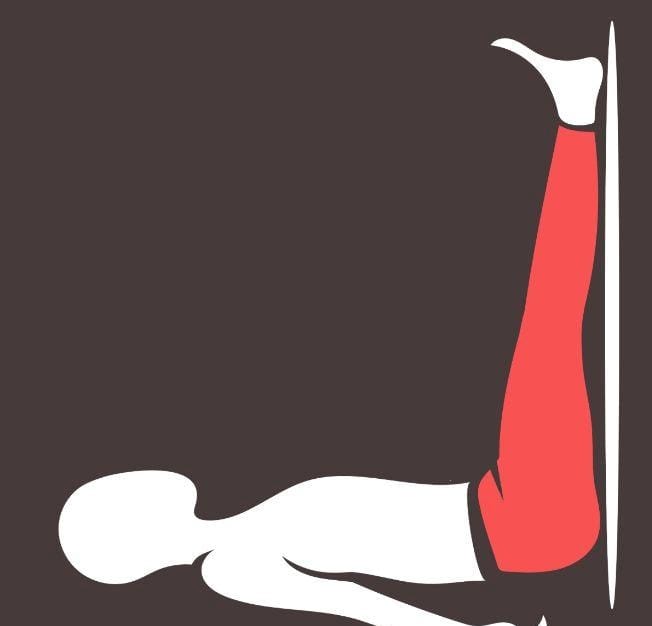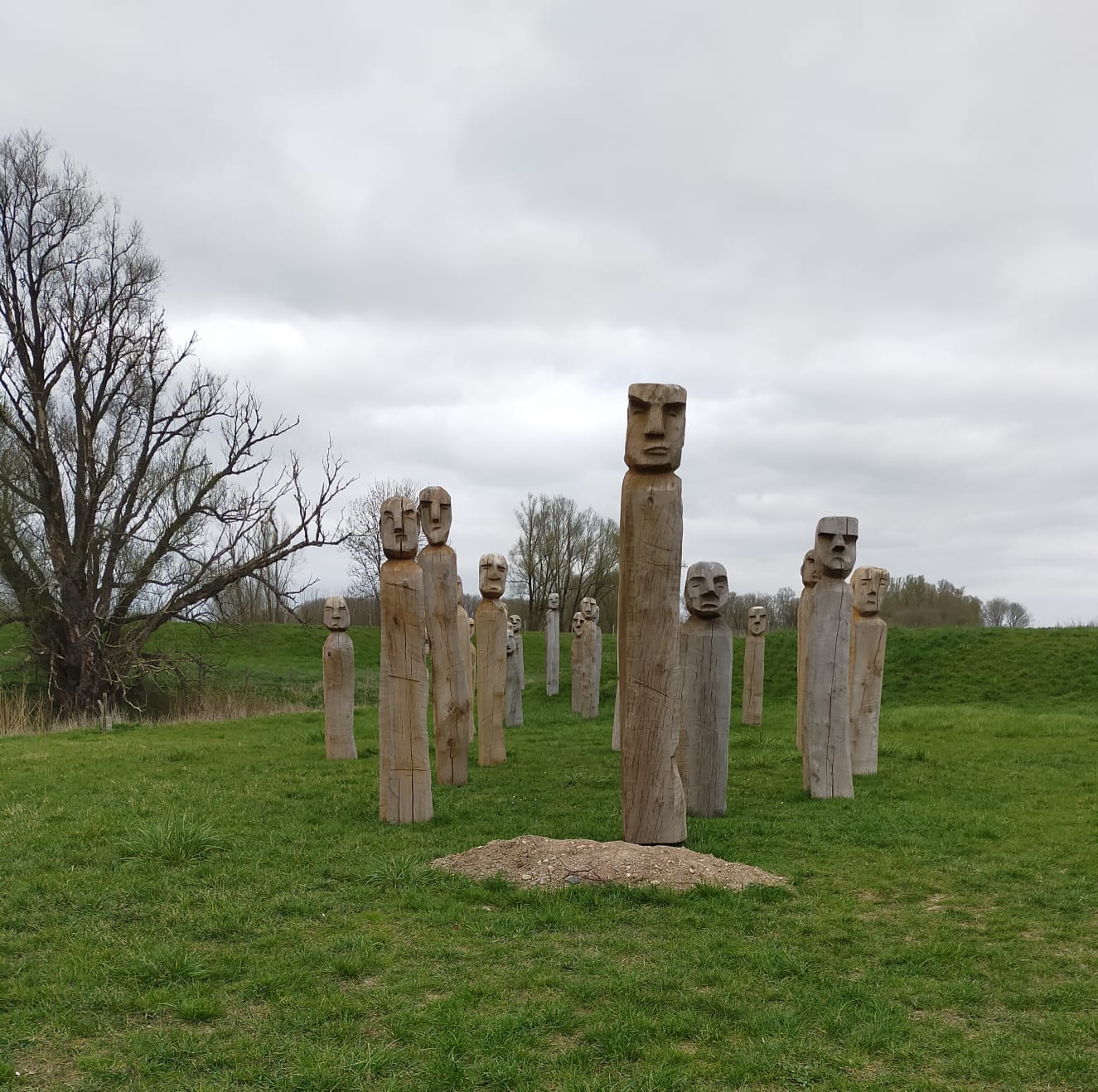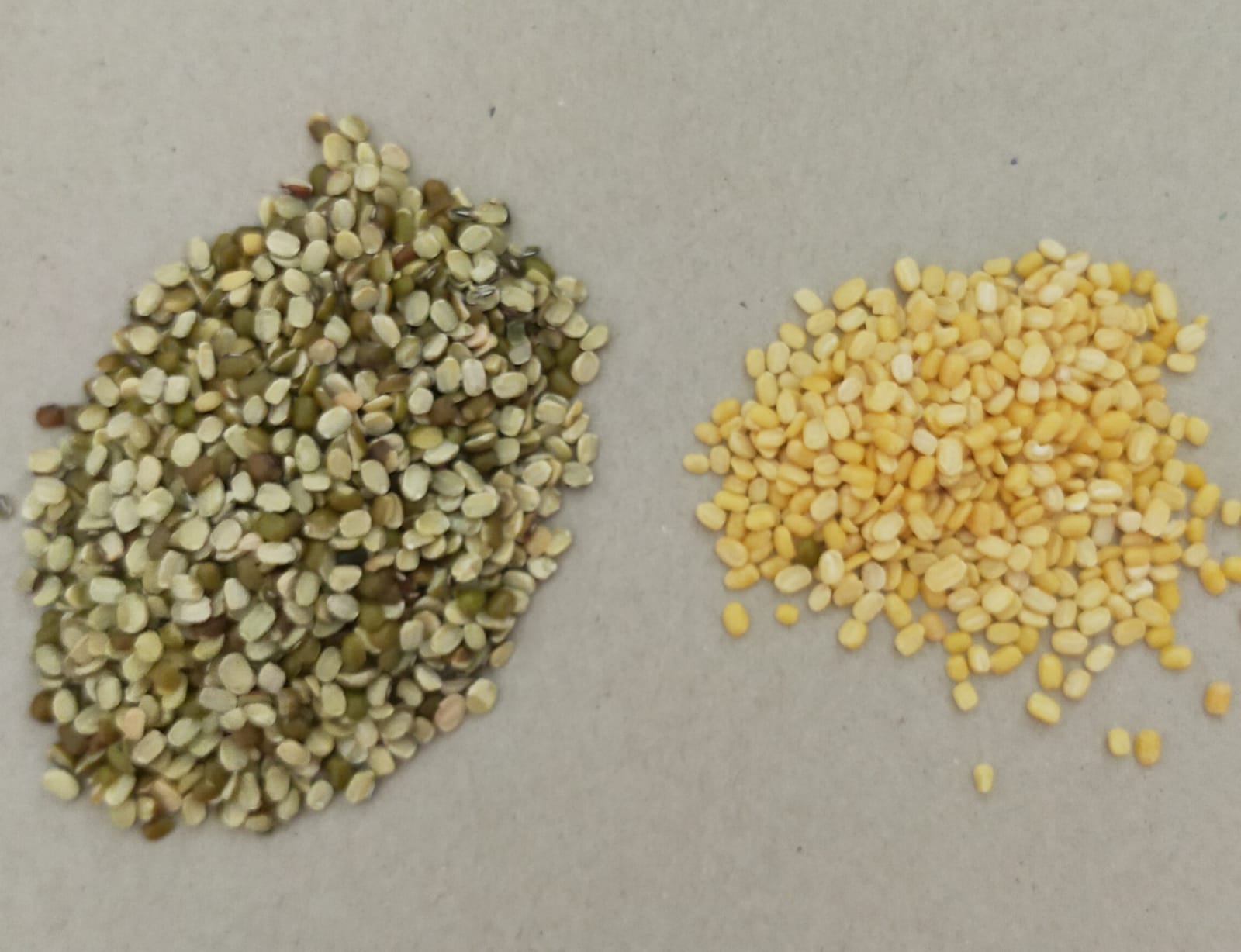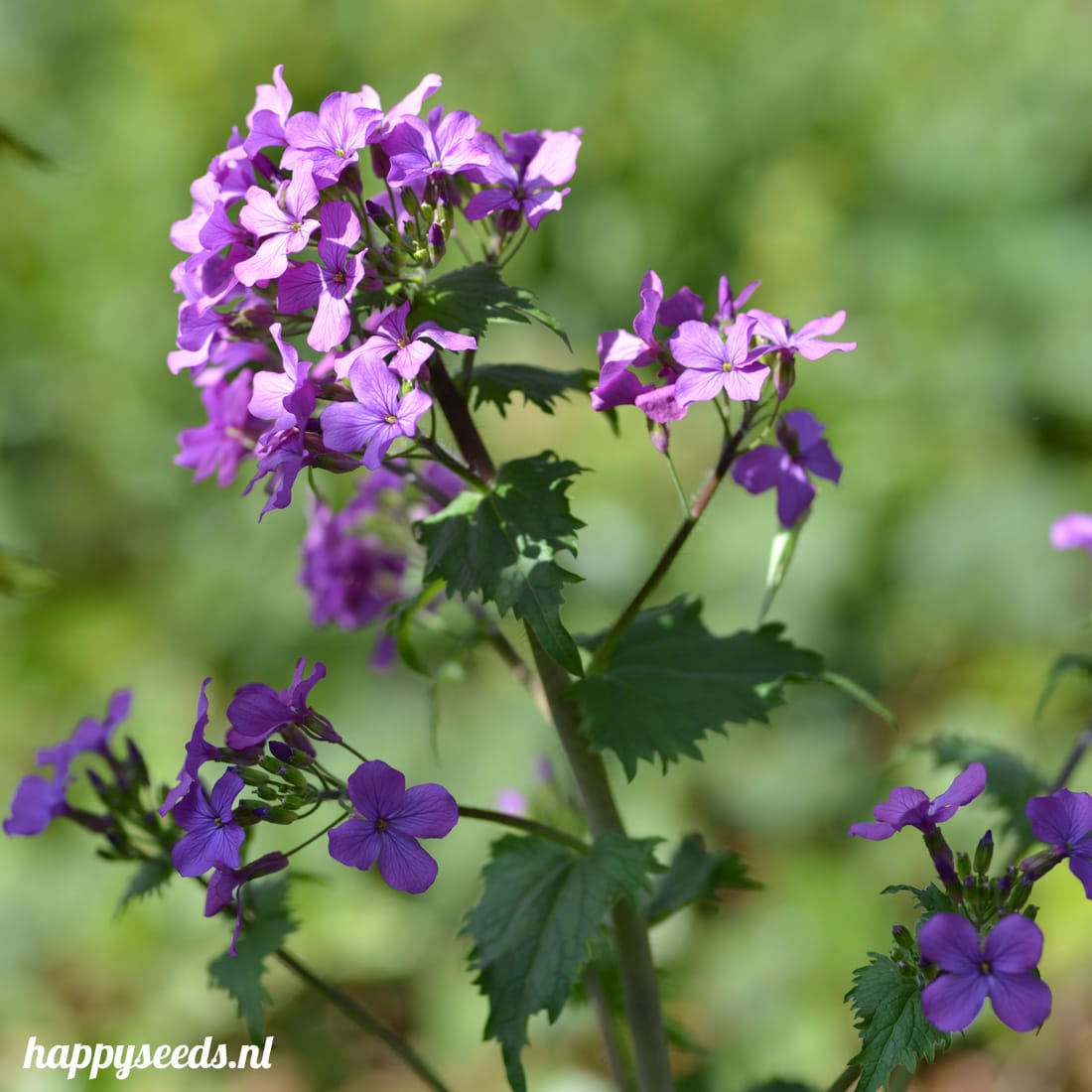Brainspotting was discovered by David Grand in 2003. He was doing EMDR with a young girl, an ice-skater. She couln’t do a certain jump and they were processing on that. He was moving his finger across her visual field very slowly and as he obeserved her eyes, he saw a kind of wobble at a certain point and he froze his finger in that exact same spot. And let her process on that spot.
The amazing thing was that she processed more deeply than ever before and had access to information that hadn’t come up before in their previous sessions.
David Grand experimented in holding his finger in one position in the visual field of clients instead of moving it to and from as in EMDR and he found out that it worked very efficiently.
David Grand: ‘Brainspotting is designed for efficiency. Every session is important and each session stands on its own. I like to call this concept ‘wire in to wire’. This term, which comes from racing and means leading the race from beginning to end, reflects the importance of each focused intentional moment, from the beginning of a session through the end of a session. Laser-like efficiency is possible when you are processing on a brainspot, as it holds the brain’s attention on the precise brain region that needs healing.’
He got very tired of holding his finger up in the air for a long time and one day he was sitting at his desk, he opened a drawer and he found his father’s pointer. And from that time on he used a pointer in his brainspottiong sessions.
What is a brainspot?
A brainspot is an area in the brain which holds unprocessed traumatic memory. When you have been in an overwhelming situation, your brain cannot process all the information at once and it is stored in your brain to process it at a later stage.The brainspot is a small neurological network, which can be triggered and felt in your body.
‘Where you look affects how you feel’.
You access the brainspot by establishing what you want to work on. Then your therapist will ask you how activated you are around that subject. And then will ask you to notice the activation in your body and that tells you that the brainspot, the area that is holding the unprocessed memory, is activated. He can move the pointerin your visual field to find the brainspot, by looking at blinks, wobbles, noticing your breathing and unconscious movements etc. That is called outside window brainspotting. Or he can hold the pointer at certain positions and ask you where you feel the activation the strongest.This is called inside window brainspotting.The therapist will then hold the pointer in position for as long as you need to process on that spot.
Dual attunement frame and staying in the tail of the comet.
The most important factor in Brainspotting is the dual attunement frame. The frame is the space in which the processing takes place. And the process needs to take place relatively undisturbed by the therapist. He holds the frame in position with attunement, which allows the client to need to go where he needs to go. Healing will only take place if you allow the brain to process all by itself. The therapist sits in the tail of the comet (the client) and observes and waits and waits and waits. And if he wants to intervene, he will wait some more.
Uncertainty principle
We can never know for certain what will happen if you let the process take place inside the frame, undisturbed. It is always a surprise what comes up and we will work with that. The client is encouraged to keep following what comes up and go from there, while looking at the pointer and listening to bilateral music.
Doing brainspotting sessions for the last couple of years, had taught me to do less and less as a therapist. I just trust what is and go from there. It has taught mehow to access the brain’s own healing capacities and that has given me a lot of efficiency in my sessions.
Pepine van de Berg, Praktijk Blessed Be, Nijmegen, info@blessedbe.nl





